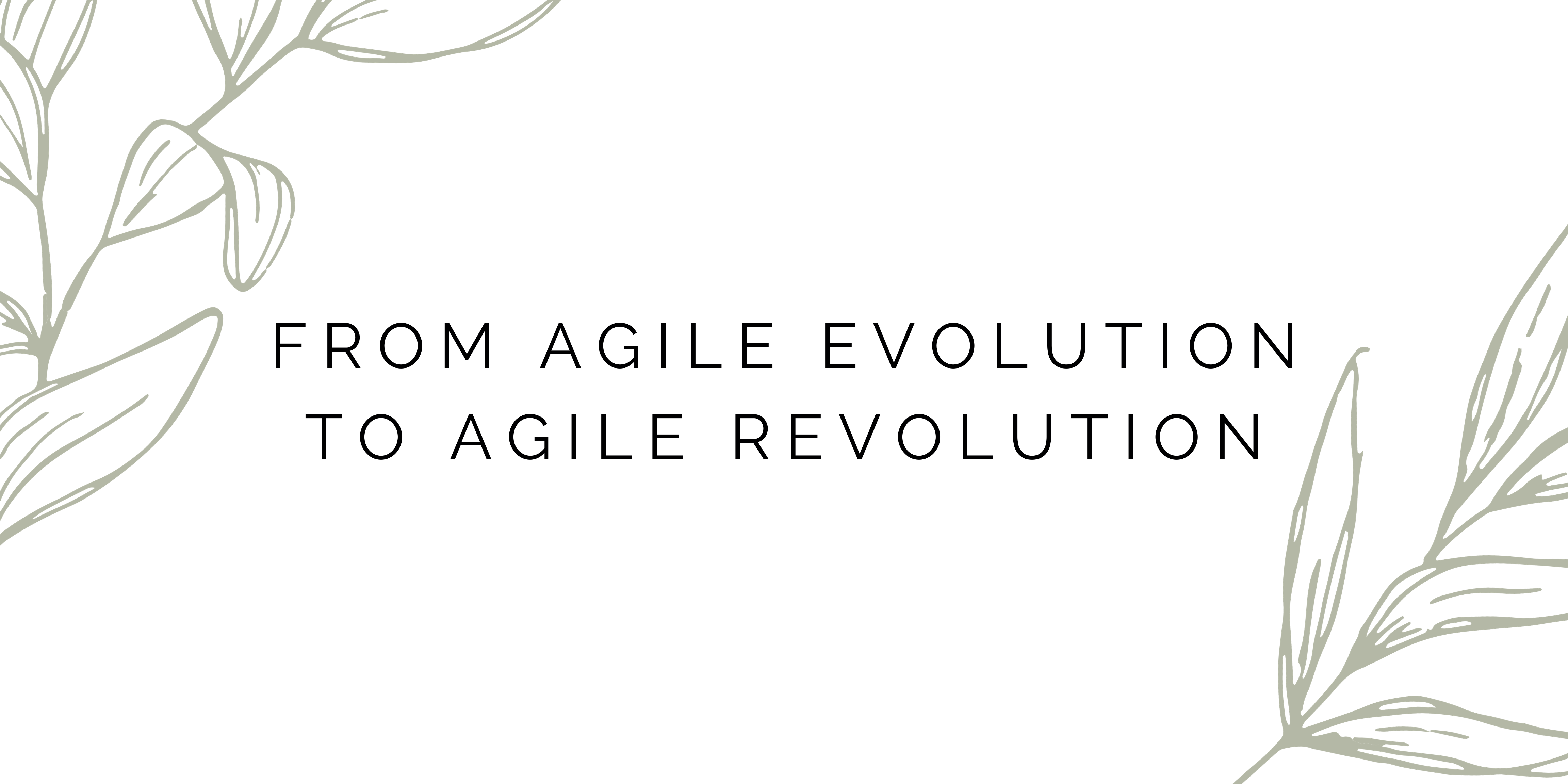We all know that Agile methodology is an approach to software development that emphasizes being flexible to changes in requirements, is all about building collaborative teams and customer delight!!!!
If We go back to history, We can see that this methodology has been in existence since early 2000s, Evolution of Agile Methodology was influenced by various methodologies and software development best practices. In this Blog I am going to highlight Agile History and How Revolution of Agile Methodology happed through complex frameworks such as SAFe , LeSS, DAF which caters complex organizational needs:
- Waterfall Model (1970s): Waterfall Model was The Waterfall model was invented Dr. Winston W. Royce. He published a paper titled “Managing the Development of Large Software Systems”. He also presented this research paper at a conference in 1970. He described the Waterfall model as a sequential and linear approach to software development. The term “Waterfall” means flowing through one stage to anther state – its like cascading effect of progress from one phase gate to another phase gate. each phase in waterfall has entry and exit criteria’s. It is very simple and this phase gate approach was very helpful in fix requirements projects where requirements where not changing after project start and also there was need to change request to handle any changing requirements. Requirement -> Design-> Development-Testing ->deployment -> maintenance are phases of Waterfall and each phase has unique entry and exit criteria that way it was also known as phase gate approach. Dr. Royce’s original paper also highlighted some of the short comings of water way of working like it was not effective to address constantly changing requirements and cost of rework also a concern!
- Incremental and Iterative Development (1980s): as Waterfall was not effective in case of changing requirements – Iterative development method was experimented and it was open to incremental development and more welcoming to changing requirements.
- RAD (Rapid Application Development) (1980s): In endeavors to become more open to requirement change and experiments through small prototypes RAD was invented – may software development – software engineering enthusiasts contributed to RAD conceptualization but James Martin, a British information technology consultant and author made it more popular through his book titled “Rapid Application Development” which was published in 1991, James Martin wrote about RAD approach and why it is beneficial over traditional waterfall Model. His Book helped widespread adoption and understanding of RAD in the software development community. Rapid Application Development focus on feedback look from user and small incremental – iterative development – it helps to ideate required product through prototyping.
- Scrum (1990s): is most famous framework in agile which caters to team level complexity so well. In 1990s Jeff Sutherland, Ken Schwaber founded Scrum Framework. Scrum Introduced prominent roles like Scrum Master and Product Owner. Scrum was based on fixed timeboxed iterations – the duration at which Scrum Team iterates was called “Sprint” – and this sprints was like fixed cadence – where team decides speed at which they want to iterate – it can be 4 weeks or 2 weeks generally. Sprint ceremonies – like Sprint Planning , Daily Stand Ups, Sprint Review-Demo and Retrospective kept Sprint on track with respect to its Sprint Goal. This framework is building block of all advance frameworks in Agile.
- Extreme Programming (XP) (late 1990s): XP was invented by Kent Beck, Ward Cunningham, and many other contributors. It was focusing on development and testing best practices to have more promising predictable development. practices like continuous integration, test-driven development (TDD), and pair programming was at heart of this framework. The Benefits of this framework promising predictable delivery with high quality.
- Agile Manifesto (2001): In the year 2001 – on February 11-13, at Utah in Snowbird ski resort which is at Wasatch mountains seventeen enthusiast on Software Development met and discussed in details underlying values and principals to call anything Agile. If any way of working framework follows Agile Manifesto values and principals – it can be called Agile compliant. Agile Values are : Individuals and interactions over processes and tools”, Working software over comprehensive documentation, Customer collaboration over contract negotiation ,Responding to change over following a plan. it means there is values in items on right but in essence we value items on left more. which helps any team to be more agile and in tern flexible and swift to changes.
- Agile Revolution Started with Advance – Complex Frameworks which caters to organizational complexity well and provides solution for complex product deliveries. SAFe, DAD, LeSS are few of them- We will explore more about them in Part 2 of this blog.
Let us know how this blog helped you! and what you find interesting about this blog.
if you have learned something New and if YOU liked our blog – please hit like button and comment!
Stay Tuned
